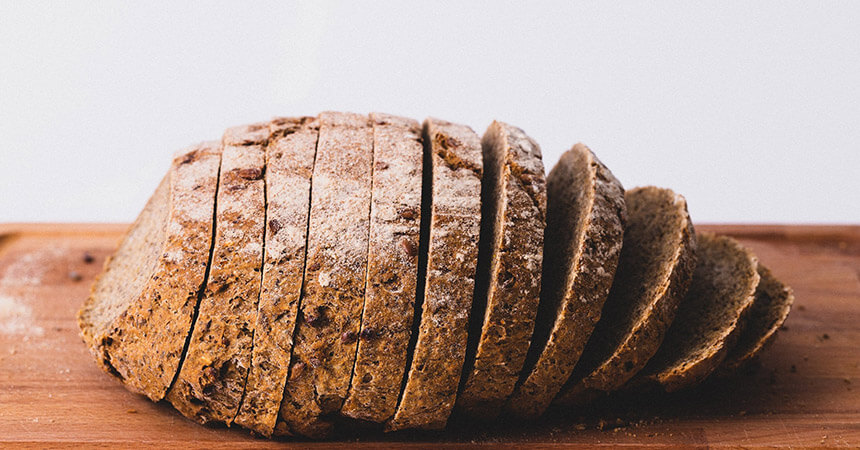Development of Spring Wheat Varieties to Enhance Profitability for Producers in Quebec and Eastern Canada

Written by: Ian Doig
Much of the nation’s spring wheat is grown in Western Canada and shipped abroad, but in Quebec and Eastern Canada, most of the crop is purchased domestically. It has increasingly become an important rotational crop where soy and corn dominate, with half the harvest destined for the feed market and the balance milled for flour.
Demand for locally produced flour is very strong Quebec. To ensure supply, millers often contract directly with farmers. Driven by consumer demand, Quebec bakers are particularly interested in flour produced with organically grown wheat. This robust consumer demand presents opportunities for farmers and challenges for wheat breeders. “Millers want more acres and better quality,” said Silvia Rosa, a wheat breeder with the Centre de recherche sur les grains (CÉROM). She recently spoke to a milling company representative who told her the outfit would gladly purchase the entire Quebec wheat crop but even this would not meet its needs.
Historically, the end-use quality performance of eastern spring wheat varieties in Quebec and Eastern Canada have been affected by multiple factors. Weather variability and the prevalence of Fusarium head blight (FHB) negatively impact its economic potential. For years, the price of milling wheat has remained relatively close to that of feed wheat, favouring high-yielding wheat, whose bread quality is generally inappropriate.
The CÉROM spring wheat development program improves agronomics and end-use qualities that will allow farmers to profit from domestic demand. The 2018 to 2023 Canadian Wheat Cluster provided $856,686 to fund the Centre’s breeding activities. Additional funds were provided by Producteurs de grains du Québec and SeCan.
On the agronomic side of the breeding equation, Rosa emphasizes the improvement of FHB resistance is critical to the spring wheat disease package. And while leaf rust can be problematic for farmers, stripe rust is an emerging concern. To address the needs of millers and bakers, breeders must combine resistance and yield gains with increased protein content and gluten strength.
The work has been supported by the Centre’s indoor quality lab. Built under the previous wheat cluster, it became operational under the latest. Here, researchers conveniently screen breeding lines for desired quality traits indoors rather than in the field.
The Centre also employs breeding material from across the Americas to identify cultivars broadly adaptable to climate change. Rosa leads the project, which last year began testing an array of international cultivars in Quebec, Brazil, Paraguay and Uruguay. “Among these countries the environmental conditions are very different,” she said. “In the past, I had tested some South American cultivars here and adaptability was very good. I am testing in all these locations to find cultivars that could perform well in all, which should help to find genomic regions associated with resilience to stress and broad adaptability.”
The CÉROM track record in wheat breeding speaks for itself. In 2019, AAC Maurice and AAC Volta was registered to commercialization in the Maritimes, Ontario and Quebec. The two varieties were made available to farmers in 2022. Two additional cultivars have been supported for registration during the last two year and are open to commercial adoption.
“It’s a very important project,” said Rosa. “I hope we can continue with the work.”